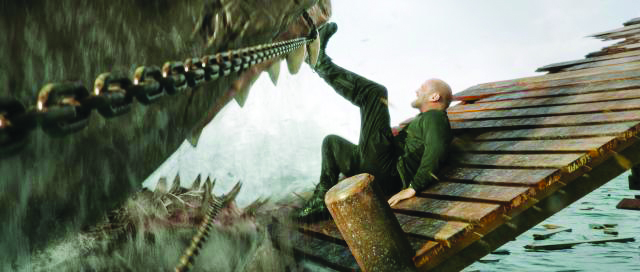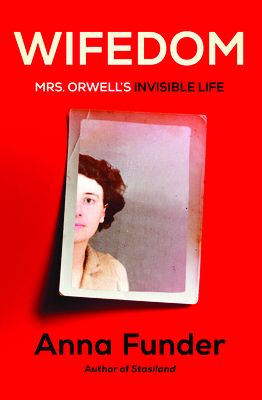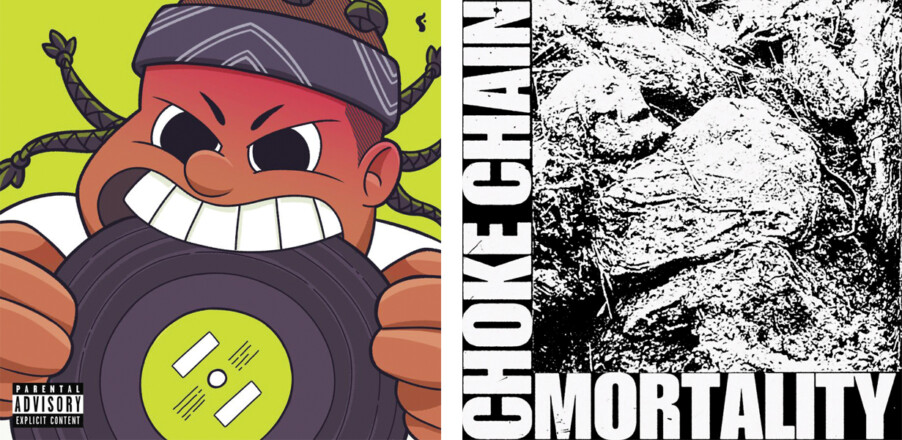Jon Pousette-Dart Trio performing at the Rex
In the second half of the 1970s, the Pousette-Dart Band was one of Boston’s most ubiquitous acts. Songs like “Harder,” “Amnesia” and “What Can I Say” were staples on rock radio, and leader Jon Pousette-Dart’s connection with concert promoter Don Law and his Premier Talent company had them on the road constantly, appearing in concert halls, arenas and stadiums supporting some of the decade’s biggest names.
Opening for acts like James Taylor, Peter Frampton, Billy Joel and Journey got them a lot of exposure, though not every pairing worked; one harrowing 1976 night in Jersey City opening for Yes, loutish fans tossed fruit and other projectiles on the stage. Mostly, it was just fun playing in a world with few rules, where a folksy act like PDB could be a last-minute substitution for raunch rockers Black Oak Arkansas on a tour with the jazz prog Mahavishnu Orchestra.
“It was really kind of uncharted territory,” Pousette-Dart said in a recent phone interview. “It wasn’t defined and cut and dried as it is now. You would have this real cross-section of bills, and Don really threw us out on all kinds of things.”
The band broke up in 1981, reunited 10 years later for a series of shows and released a final “best of” album in 1994. As a solo artist, Pousette-Dart has released 10 records. The most recent is 2015’s Talk. When he performs in Manchester with guitarist Jim Chapdelaine and bass player Steve Roues, he’ll draw from the breadth of his career.
“I go through all of the songs that really have had legs, that people respond to,” he said. “It’s decades’ worth of material really, and I do like to throw in a few obscure covers that are kind of off the radar. I always like to find songs that I have an affinity toward … it runs the gamut from rock ’n’ roll, country, blues and folk, all kinds of influences; because that’s just the nature of who I am.”
There’s Little Feat’s “Roll Um Easy,” a Woody Guthrie song and “an old Louvin Brothers tune I picked up,” but as for the rest, Pousette-Dart is coy. “There’s a few more, but I’ll keep them in suspense.”
His trio is a time-tested unit. He’s known Roues since he was a kid — “we literally grew up and played in high school bands together,” he said. Pousette-Dart and Chapdelaine have collaborated for nearly 25 years, most of them based in Nashville, where the first PDB album was made in 1974.
The making of 1976’s Pousette-Dart Band, with Boston mime Trent Arterberry on the cover, is an interesting story that eventually led him to become a permanent resident of Music City.
Legendary label exec Al Coury signed the group to Capitol Records, then quit 10 days following a power struggle. The label’s new regime didn’t know what to do with them, so they were dispatched to work with producer Norbert Putnam in Nashville. They arrived at the same studio where Dobie Gray was just finishing up recording “Drift Away.”
“That made a big impression on me,” Pousette-Dart said. “It was the beginning of my relationship with Nashville, and through the years, I’ve made a lot of really close friends that I’m still attached to. … It’s been a very long-term dialogue and relationship for me since the ’70s.”
His most recent release harkens back to that decade. “I Remember You” was inspired by “In a Silent Way,” a song that Mahavishnu John McLaughlin played on as a member of the Miles Davis Group. It’s unlike anything Pousette-Dart has done before, inspired by his initial reaction to the Davis song.
“Certain records just stopped you in your tracks,” he said. “That was one of those.”
He brought an improvisational approach to the song’s delicate, pulsing melody, adding lyrics about being spellbound by a chance meeting, and his fear that it was fleeting. “I remember you like the first star I ever saw,” he sings. “I was so scared I would never know who you were.”
The essence of simultaneous discovery and creation lends a magical feeling to the song. “It felt like the way they came upon it and how it landed,” Pousette-Dart said, adding “usually, I tend to write things out and know where I’m going. That song was just really putting it out there.”
He continued, “I really enjoyed doing that piece … it’s nice when you find those connections to things that go back to that era [when] you first heard Hendrix, The Beatles, Muddy Waters. Certain things, you put them on, and you go, ‘Oh my God.’ You can remember exactly where you were standing when you first heard it. There are certain things in your life that are like that.”
Jon Pousette-Dart Trio
When: Thursday, Sept. 7, 6 p.m.
Where: Rex Theatre, 23 Amherst St., Manchester
Tickets: $29 at palacetheatre.org
Featured photo: Jon Pousette -Dart. Courtesy photo.






